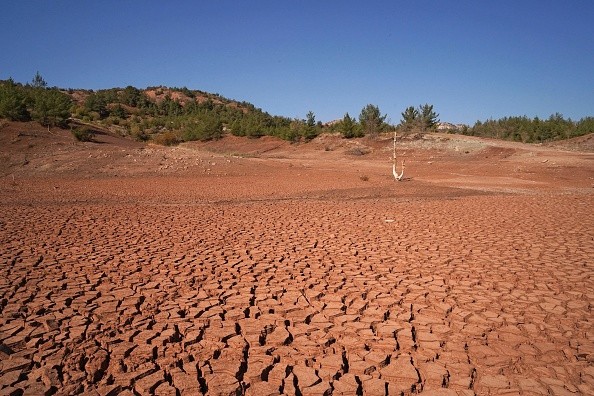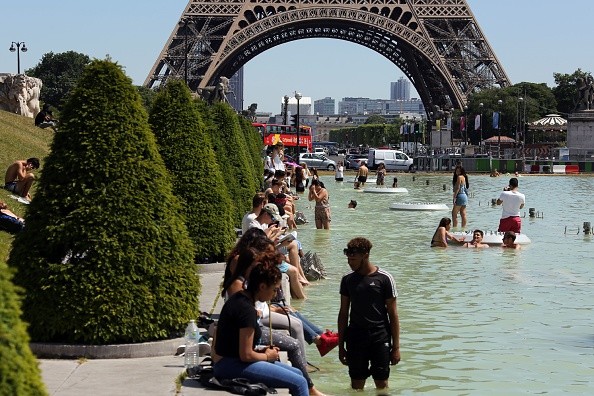Recent discovery revealed that the intensity of heat waves rises but their lethality decreases over a prolonged period of drought.
The land dries out when there is a lot of heat. As a result of the drought, the heatwave temperatures are rising even faster. Desiccated soils, on the other hand, reduce the severity of heatwaves by lowering the humidity in the air.

Drought and Heat Waves Threatens Human Existence
Droughts and heatwaves are putting people's lives in danger and wreaking havoc around the world.
Over the course of the 2003 European heatwave, more than 70,000 people died as a result; nevertheless, more recent heatwaves, combined with the COVID-19 pandemic, have caused in significant excess mortality, according to Phys.org.
Since the beginning of this century, it has been widely assumed that dry soils make heatwaves even more deadly by increasing the temperature of the air. After all, less water evaporates from a drier landscape. As a result, the Earth's surface has more energy available to heat up the surrounding air.
High air humidity also makes it difficult for the human body to cool itself through transpiration, so the risk of overheating is higher when there is a drought.
As evaporation decreases, so does the humidity in the air. Heatwaves become less deadly because of this beneficial effect.
Measures Against Drought and Heat-related Death
Drought and heat-related deaths can be prevented with the most effective strategies, according to the study's findings. As the earth's temperature rises, these events will occur more frequently and with greater intensity.
In order to preserve nature, biodiversity, agriculture, and food production, a variety of measures are already being implemented, including reforestation and irrigation of croplands. Drought-resistant techniques have been shown to be useless against fatal heat and even harmful, despite the fact that they smooth out the extremely high temperatures.
The lower temperature has a positive effect, but the higher humidity has the opposite effect, making the heat even more oppressive. According to this research, combating the increasingly lethal heat and drought poses a significant challenge.
It also shows that even seemingly effective measures to combat the heat can backfire. The first step in combating global warming is to reduce greenhouse gas emissions to their lowest levels. Drought and heat-resistant strategies in agriculture, food, and hydrology should also be reevaluated and explored as alternatives.
Plant species that are better suited to a hotter and drier climate should receive more attention. Water conservation and improved solar energy reflection necessitate careful consideration of crop varieties (such as wheat or maize) and agricultural practices (such as no-tillage farming or crop genetic modification). Further investigation is required to determine the efficacy and desirability of such measures.

Understanding the Study
Using data from millions of weather balloons released from airports and weather institutes around the world over a 35-year period (1981-2015), a group of scientists (including Wageningen University & Research, VITO, Ghent University, Loyola Marymount University, and the Euro Mediterranean Center on Climate Change) analyzed heatwaves.
In order to determine the impact of soil desiccation during dangerous heat waves, these measurements were integrated with satellite imagery and then used in meteorological simulations.
The findings were published in Science Advances, and have been widely discussed.
For more news, updates about droughts, heatwaves and similar topics don't forget to follow Nature World News!
© 2026 NatureWorldNews.com All rights reserved. Do not reproduce without permission.





